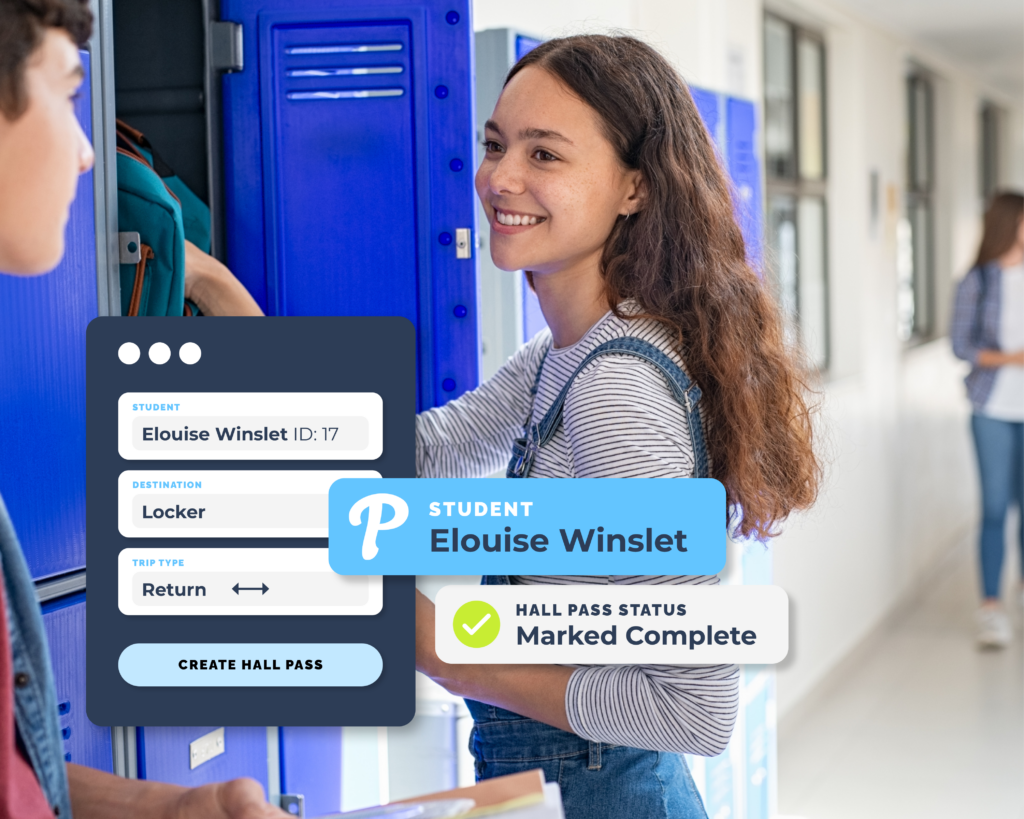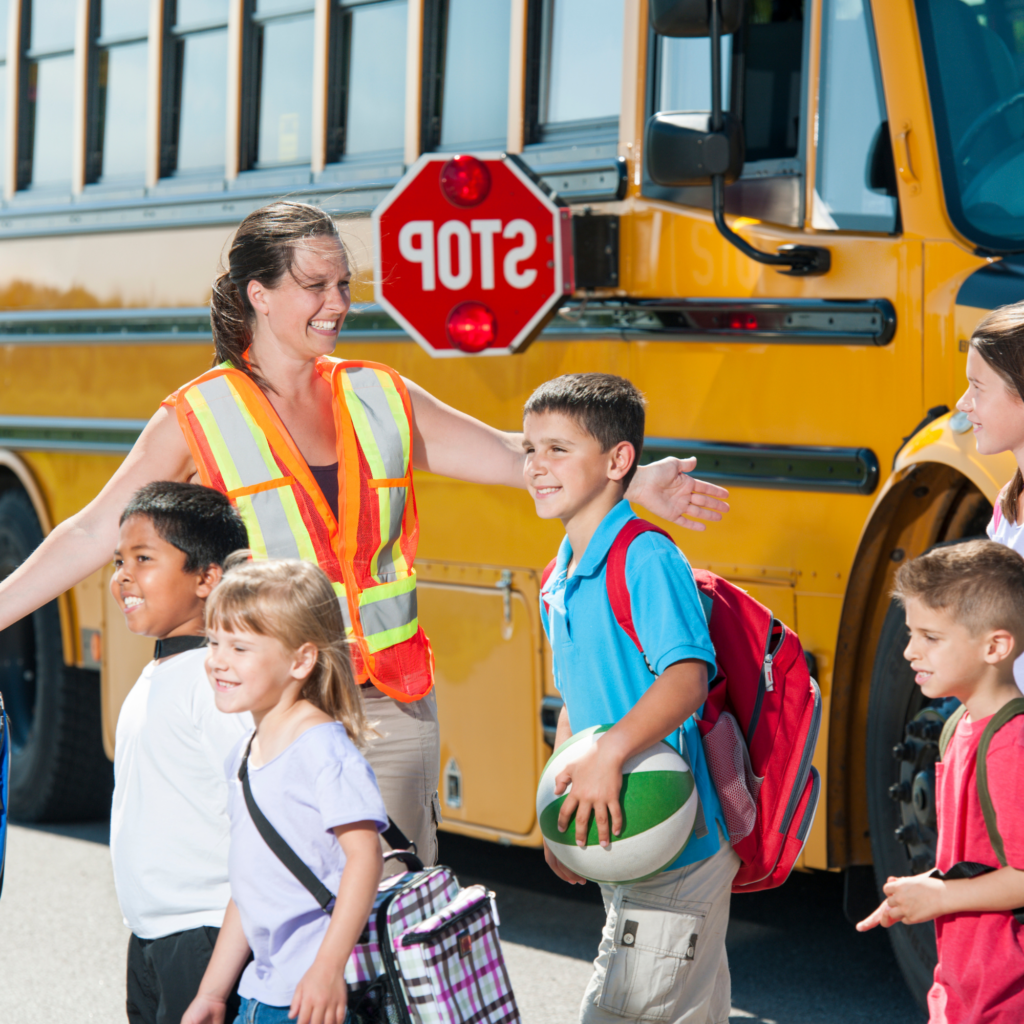Classroom management and content: the two keys to success in the high school classroom. This is what has been ingrained in educators. From day one of college, we learned that we must control the classroom and we must teach them the content of our course. But, what if there is something more to a successful classroom that isn’t either of those? What if there is something more powerful than the age-old idea of managing a classroom and being a master of the content? I believe that there is by ‘Fostering positive classroom Environment’.
Five years ago, I was given the keys to my very first classroom. I was fresh out of college and ready to save the world. I had studied all of the ways to manage my classroom and gone through thousands of textbook pages to learn the content I was going to teach these high school students. Ready, set, go! I learned quickly though that it was going to be so much more than that. As time progressed, I began to realize that these students needed more than just content thrown at them to have a successful classroom. They needed a place where they actually wanted to go. These students needed someone who wanted to know them and see them for who they are. Not just seen as a test score or a student ID number.
This is when my classroom changed. I made it my new goal to establish an environment where students could be comfortable in speaking out and encouraged to engage in the classroom discussions. I soon found that it really only took three small steps for this to happen. These three steps have changed the way my students function in my classroom and, subsequently, have improved behavior and academic performance.
The first change I made was: Seeing students as individual humans.
Sounds silly, right? But it is so true! It is so easy to get wrapped up in the day-to-day routine. I made it a point to get to know my students. I started using their names every time I converse with them. It was amazing the feedback I received because the students notice. Yes, I have over 150 students. With a little effort, I know their names before the second week of school ends. I also make it a point to always stand at my door and greet my students as they enter my room.
If they seem tired or disengaged, I work with them versus immediately scolding. If a student was absent, I never ask, “Where were you?” but I tell them that we missed them in class and I am glad they are back to school. This small change still addresses that I recognize they weren’t in class, but I am not berating them for being absent.
The second change I made was: Talk their language.
And I am not talking the formal language. I am talking about high school language. Now, I do have an advantage here because I am still a relatively young teacher. I have found that students learn when you make it relatable to them. I love to incorporate pop culture into my lessons. Many times, we teach concepts that students are really disconnected. Getting to know them allows you to make better connections and will instantly be more relatable and have a successful classroom lesson. If you are able to put it in a way that they can relate to, the content has now become meaningful and relevant. This way your students will be more engaged, solving your classroom management issues.
The last change I made was: Empower the students.
Be that child’s biggest cheerleader. As teachers, we spend hours with these students. We can do better by showing them that they are capable of performing tasks they never thought they could. I really enjoy challenging my students and seeing their reactions when it “clicks”. Or simply when they finally complete what they didn’t think they could. I use a lot of scaffolding to build up student knowledge.
For example, during a discussion-driven lecture, I will ask questions and when they answer, it is normally a generic answer. I then assure the student that the answer was correct but, now I want them to reword their answer with content vocabulary. This gives them the comfort that their first answer was right. They now have the opportunity to spruce up their answer with the fancy concepts they have learned.
I continuously show my students how far they have come throughout the school year. Also I remind them of the days of when they couldn’t read a map, but now are able to layer maps and read multiple sets of data at one time. I celebrate their victories with them. This instills a sense of pride that gives them confidence and the willingness to keep fighting through whatever challenges they are faced with.
In a world where test scores drive our schools, it is easy to get wrapped up in the idea of only focusing on the numbers and driving home the content. We do this in order to have a successful classroom. However, if we as educators take a little bit more time to make our classrooms student-friendly, the rest will come. See your students, embrace your students.



